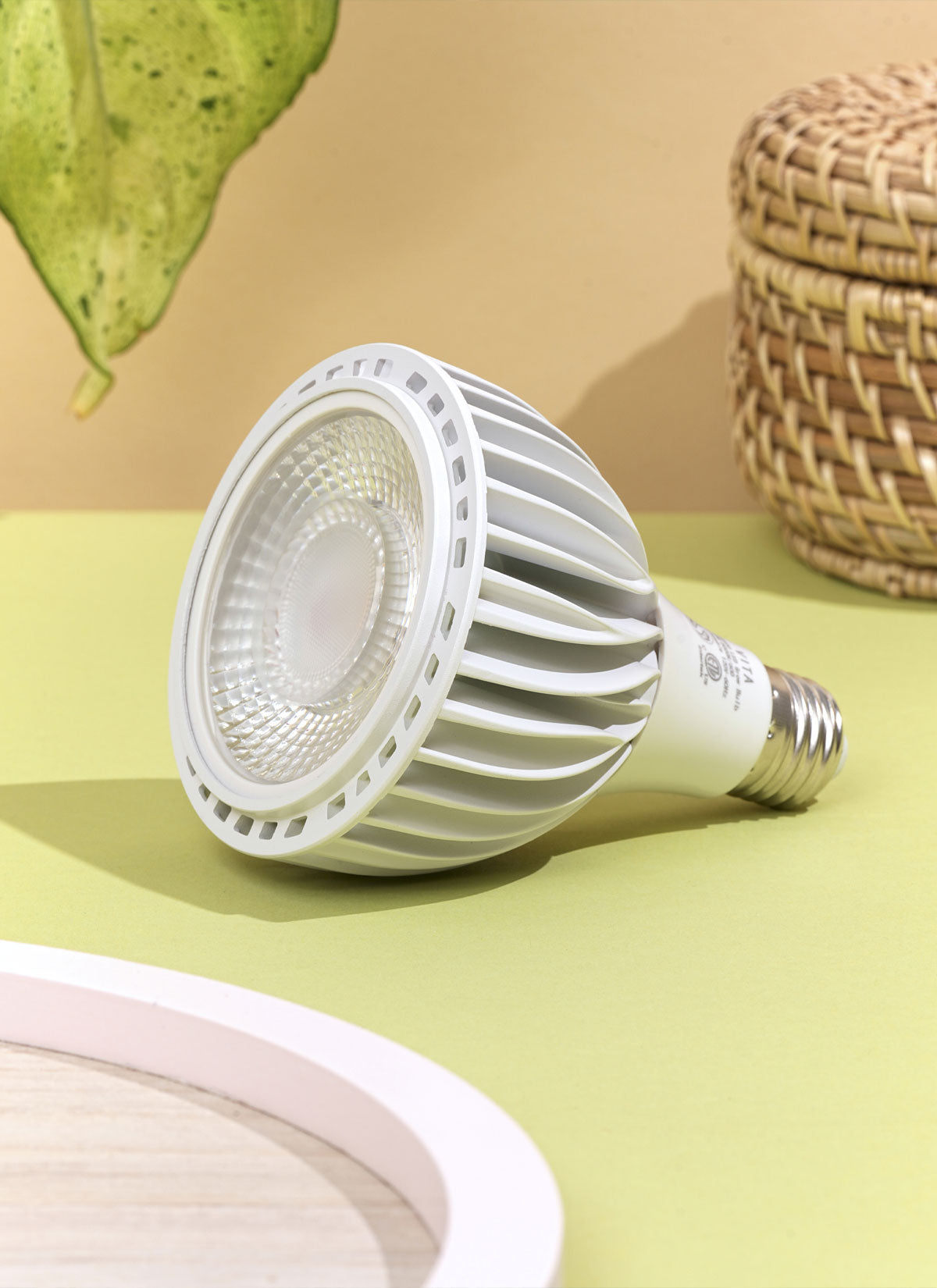Additional Plant Care
Propagation
Pencil cactus plants can be propogated through stem cuttings. Take a healthy stem from the parent plant and let it dry out for a few days before planting it in potting soil that drains well. First, put on gloves to protect your skin from the poisonous sap of the plant. Then, cut a stem that is at least 6 inches long from the parent plant with a clean, sharp knife or pruning shears. Let the cut dry in a warm, dry place for a few days, until a callus forms on the cut end. Then, put the stem cutting in a pot with soil that drains well and bury the cut end about an inch deep in the soil. Give the soil a lot of water and put the pot where it will get indirect sunlight. You should only give the cutting a little water until it grows roots, which should take a few weeks to a month. After that, you can treat it like a full-grown pencil cactus plant.
Toxicity
"The pencil cactus is toxic to both plants and animals if ingested, or if its sap comes into contact with the skin or eyes. Direct contact with the sap may lead to skin irritation, redness, itching, and, in some cases, dermatitis. This plant must be handled with care, and the necessary precautions must be taken. If ingested, the toxic compounds in the pencil cactus can cause symptoms such as nausea, vomiting, stomach cramps, and diarrhea. In severe cases or with large ingestions, it may lead to more serious health effects. It's essential to seek immediate medical attention if ingestion occurs or if severe symptoms are experienced. Pets will experience similar symptoms after ingesting the pencil cactus or coming into contact with the sap. If you suspect your pet has ingested the pencil cactus or is experiencing any concerning symptoms, it's best to contact a veterinarian for guidance."
Repotting
Pencil cactus plants need to be repotted when they have grown too big for their pot or when the soil has packed down. When the plant is growing well, in the spring or early summer, is the best time to repot it. To start, choose a pot that is one size bigger than the one you have now and has holes in the bottom for drainage. Fill the new pot with a cactus or succulent soil mix that drains well. Carefully take the pencil cactus out of its current pot, and if the roots are tightly packed, gently pull them apart. Place the plant in the middle of the new pot and backfill with soil, making sure to pack the soil around the roots to get rid of any air pockets. Give the pencil cactus a lot of water and let it drain before putting it somewhere bright and sunny. Wear gloves when you touch the plant, because the sap can irritate your skin.
Pruning
For pencil cactus, the best way to prune is to use clean, sharp pruning shears to cut back any stems that are weak, overgrown, or broken. It's important to wear gloves and stay away from the milky sap, which can irritate your skin. When pruning, make clean cuts and try not to tear or hurt the nearby tissue. Pencil cactus can also be shaped from time to time to help it grow in a fuller, more compact way. To do this, cut off the tips of the stems just above a leaf node to encourage branching. Also, Pencil cactus can grow very tall and thin, so it's important to prune it to keep it at a size that's easy to care for. With the right pruning, pencil cactus can look healthy and nice for many years and continue to grow and thrive.
Fertilizing
Pencil cactus plants shouldn't be fertilized very often, and using too much fertilizer can hurt it. Choose a balanced, water-soluble fertilizer with a low concentration of nitrogen and dilute it to one-quarter or one-half the recommended strength. Before you put fertilizer on the plant, give it a good drink of water. Then, use a watering can or spray bottle to put the fertilizer on the soil around the plant's base. Make sure you don't get any on the leaves or stem, because it will burn. During the growing season, which usually lasts from spring to early fall, apply the fertilizer every two to three months. Don't give the plant fertilizer when it's sleeping in the winter. If the plant looks healthy and isn't growing, it might not need any fertilizer at all. If the plant starts to show signs of being over-fertilized, like yellowing leaves, cut back on how often or how strong you fertilize it.
Soil
The pencil cactus is a succulent plant that needs soil that drains well. The best kind of soil for pencil cactus is a sandy, porous mix that lets water drain away quickly and doesn't keep water for long periods of time. For pencil cactus plants, a mix of cactus or succulent soil, perlite, and sand can work well. It is important not to use regular potting soil because it can hold too much water and cause the roots to rot. Also, pencil cactus plants like to grow in soil with a pH between 6.0 and 6.5.




















